Brother Blu-ray Movie
HomeBrother Blu-ray Movie 
Imprint Asia #07Imprint | 2000 | 114 min | Rated ACB: R18+ | Sep 25, 2024
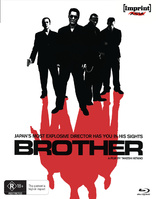
Movie rating
6.6 | / 10 |
Blu-ray rating
| Users | 0.0 | |
| Reviewer | 4.0 | |
| Overall | 4.0 |
Overview
Brother (2000)
A Japanese gangster is exiled to Los Angeles where his brother lives with a small but respectable multi-racial gang, who he inspires to expand their influence.
Starring: Takeshi Kitano, Tatyana Ali, Omar Epps, Noel Gugliemi, Ryo IshibashiDirector: Takeshi Kitano
| Drama | Uncertain |
| Crime | Uncertain |
| Thriller | Uncertain |
Specifications
Video
Video codec: MPEG-4 AVC
Video resolution: 1080p
Aspect ratio: 1.85:1
Original aspect ratio: 1.85:1
Audio
English: DTS-HD Master Audio 5.1
English: LPCM 2.0
Subtitles
English, English SDH
Discs
Blu-ray Disc
Single disc (1 BD)
Playback
Region free
Review
Rating summary
| Movie | 4.0 | |
| Video | 4.0 | |
| Audio | 5.0 | |
| Extras | 4.0 | |
| Overall | 4.0 |
Brother Blu-ray Movie Review
Reviewed by Dr. Svet Atanasov October 9, 2024Beat Takeshi's "Brother" (2000) arrives on Blu-ray courtesy of Imprint Films. The supplemental features on the release include new audio commentary by critic and author Mark Schilling; new program with film scholar Aaron Gerow; archival program with Beat Takeshi and cast and crew members; promotional materials; and more. In English and Japanese, with optional English and English SDH subtitles for the main feature. Region-Free.
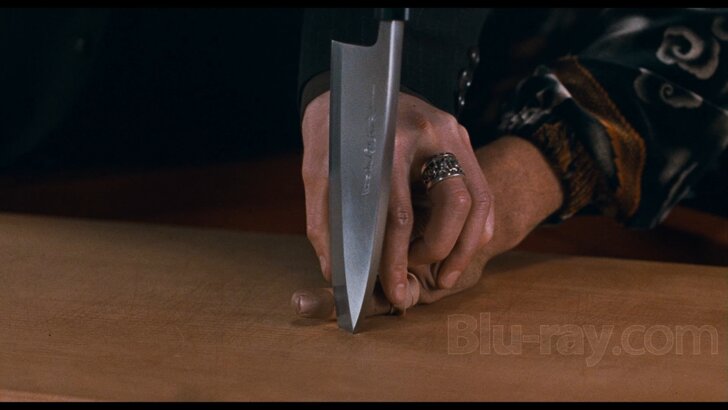
After a violent altercation leaves him on the losing side and with a price tag on his head, Japanese executioner Aniki (Beat Takeshi) acquires a fake passport and arrives in Los Angeles to start a new life with his younger half-brother, Ken (Claude Maki), who also lives on the wrong side of the law. Shortly after, Aniki reorganizes Kenís gang of street thugs and small-time pushers, and they begin thinking big. Emboldened by Anikiís efficient guidance, they wipe out the local Mexican competition and start working on a strategy to take down the Italian mafia. The arrival of Anikiís loyal soldier Kato (Susumu Terajima) and the addition of professional assassin Shirase (Massaya Kato) complete the gangís makeover, and the war with the Italian mafia begins. But it quickly becomes obvious that the new enemy is too big and too powerful.
Beat Takeshi has stated several times that Brother, which remains his only American film, did not turn out as he wanted. However, as odd as it may sound, this may very well be the reason Brother works so well. Hereís why:
Brother is like the creation of a bold bartender who experimented with several seemingly incompatible flavors and delivered a surprisingly refreshing new cocktail. Indeed, it features plenty of the over-the-top violent material that Beat Takeshiís classic gangster films are known for, but channels cheeky humor of the kind that is associated with Quentin Tarantinoís cult films. Also, instead of quickly evolving into a conventional contemporary exploitation film, it works hard to create a heavy atmosphere that would have been perfect for a stylish neo-noir film. All this is then effectively assembled into an unusual but very enjoyable genre film. So, Brother does not just rearrange certain things well, it creates fresh material that works well and looks good.
What would have Beat Takeshiís proper version of Brother looked like? It is rather easy to tell. The more recent Outrage films work with the same blueprint, which gives them the familiar identity of Beat Takeshiís classic gangster films. These are genuinely serious films that dissect yakuza reality with an unmistakable authority. They do have room for humor too, but it is not a lot, and it is always of the darkest kind that would not work in a contemporary exploitation film. In other words, the proper version of Brother would have looked a lot like an Outrage film but shot in America.
Something else that surprises but proves effective too is Beat Takeshiís willingness to share the spotlight with other stars who do not look inferior. For example, Omar Epps is a very odd choice to play Beat Takeshiís closest associate, but their interactions are wonderful. The two are so different that the strange between them, which is explored in great detail, always looks legitimate. Interestingly, the same cannot be said about Beat Takeshiís relationship with his aging Japanese girlfriend, who remains an utterly meaningless ornamentation.
Beat Takeshi worked with frequent collaborator Katsumi Yanagijima, who also lensed the previously mentioned Outrage films. The two share an identical grasp of the importance of location and movement, which is why all the films they have made together, regardless of whether they are gangster films or melodramas, look very elegant. Brother, with all of its unusual overlapping of contrasting material, does too.
The last surprise is a stunning soundtrack by Joe Hisaishi, which is like a jazz loverís wet dream. It is incredibly stylish, the type of soundtrack one would listen to while enjoying a glass of Yamazaki fifty-five-year-old single malt whiskey after a long and exhausting day.
Brother Blu-ray Movie, Video Quality 
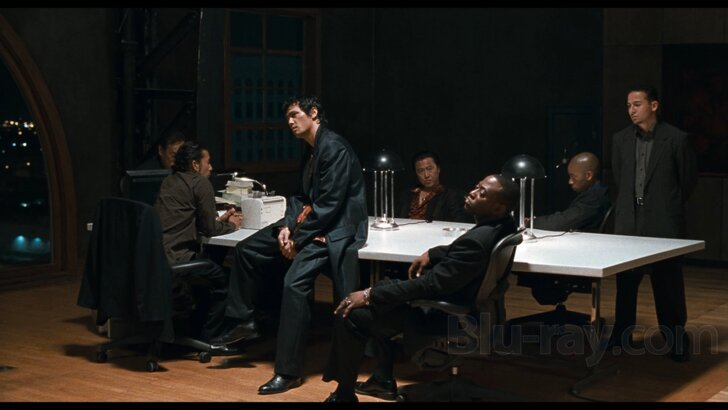
Presented in its original aspect ratio of 1.85:1, encoded with MPEG-4 AVC and granted a 1080p transfer, Brother arrives on Blu-ray courtesy of Imprint Films.
I was eager to test this Blu-ray release because I have a very old DVD release that produces undeniably dated visuals with plenty of obvious limitations. I like what I saw on my system a lot. For example, delineation, clarity, and depth were either very good or borderline excellent. Color reproduction was also very convincing, with darker areas conveying plenty of lovely darker nuances without any crushing. There is room for some encoding optimizations that could have strengthened the visuals and made them even more attractive, but I did not see any disturbing anomalies. In fact, I upscaled the film to 4K and thought that virtually all of the concerns I had were easily eliminated. Image stability is good. While viewing the film, I did not encounter any cuts, marks, blemishes, or other similar imperfections. My score is 4.25/5.00. (Note: This is a Region-Free Blu-ray release. Therefore, you will be able to play it on your player regardless of your geographical location).
Brother Blu-ray Movie, Audio Quality 
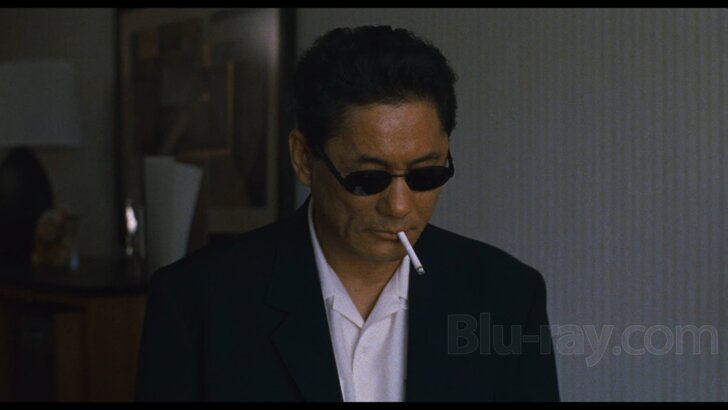
There are two standard audio tracks on this Blu-ray release: English DTS-HD Master Audio 5.1 and English LPCM 2.0. Optional English and English SDH subtitles are provided for the main feature.
I viewed the entire film with the DTS-HD Master Audio 5.1. There are a lot of shootouts that sound outstanding, but the lush jazz score is just as impressive. Separation is effective, too. I do not think that a newer 5,1 track, if one were to be created, would do anything differently. The dialog is clear, sharp, and easy to follow.
Brother Blu-ray Movie, Special Features and Extras 
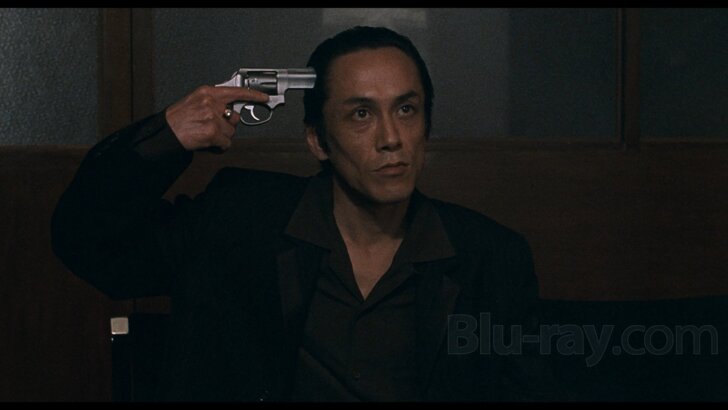
- "Scenes by the Sea": The Life and Cinema of Beat Takeshi - this archival documentary takes a closer look at the working methods and cinematic legacy of Beat Takeshi. Included in it are clips from interviews with Beat Takeshi, film critic John Powers, author Mark Schilling, Omar Epps, and producers Masayuki Mori and Jeremy Thomas, amongst others. Also included is raw footage from the shooting of Brother. In English. (49 min).
- Cast and Crew Interviews - in this archival program, Beat Takeshi explains how Brother came to exist and why it was necessary to shoot in Los Angeles, and discusses his character. Producers Masayuki Mori and Jeremy Thomas, and Omar Epps also discuss their collaboration with Beat Takeshi on Brother. In Japanese and English, with English subtitles where necessary. (16 min).
- Making Of - a short EPK with clips from cast and crew interviews as well as raw footage from the shooting of Brother. In English. (3 min).
- Behind the Scenes - this archival program features footage with Beat Takeshi directing different sequences from Brother. In Japanese and English. (5 min).
- Inscrutable - in this new program, film scholar Aaron Gerow discusses Brother and Beat Takeshi's oeuvre. In Japanese and English. (17 min).
- Commentary - this exclusive new audio commentary was recorded by critic and author Mark Schilling.
- Trailer One - a vintage trailer for Brother. In English. (2 min).
- Trailer Two - a vintage trailer for Brother. In English. (2 min).
Brother Blu-ray Movie, Overall Score and Recommendation 
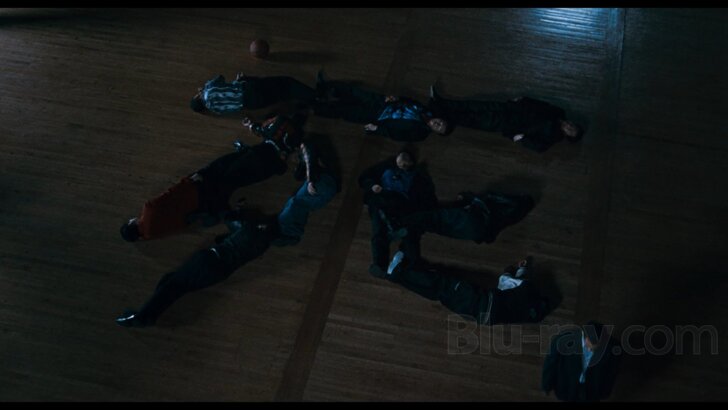
One can successfully argue that Brother is the strangest film in Beat Takeshi's cinematic oeuvre. It blends conventional crime material, neo-noir aesthetics, dark humor, drama, and even top quality jazz music. But it works, perhaps even better than some of Beat Takeshi's big box office hits. I like it and have always kept a copy of it in my library. Imprint Films' Blu-ray release offers a good presentation of it with a nice selection of exclusive new and archival bonus features. HIGHLY RECOMMENDED.
Similar titles
Similar titles you might also like

Ghost Dog: The Way of the Samurai 4K
Classics Remastered
1999

Game of Death
Sei Mong Yau Hei / Films of Fury 4
1978

Black Rain
1989

Gloria
1980

Election
黑社會 / Hak se wui
2005

Revenge of the Green Dragons
2014

Pusher
The Ńccent Collection
1996

Once Upon a Time in America
1984

Point Blank
1967

The Yellow Sea
2010

Donnie Brasco
Alternative Artwork
1997

Shanghai Triad
YŠo ā yŠo, yŠo dŗo wŗi pů qiŠo / 摇啊摇,摇到外婆桥 / Imprint Collection #72
1995

Infernal Affairs II 4K
無間道 II
2003

Drug War
Eastern Eye
2012

The Way of the Dragon
Maang Lung Gwo Gong / Return of the Dragon / Films of Fury 3
1972

Exiled
放‧逐 / Fong juk
2006

Pusher III
Pusher III: I'm the Angel of Death / Pusher 3
2005

The Blind Swordsman: Zatoichi
座頭市, Zatōichi / Imprint Asia #03
2003

Diva 4K
Classics Remastered
1981

Scarface
Imprint #37
1932